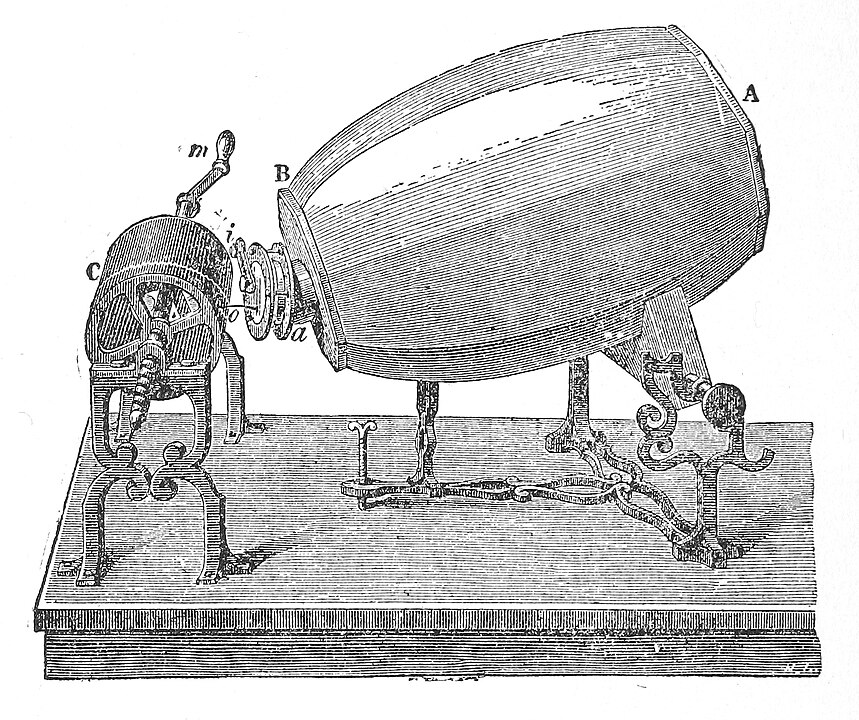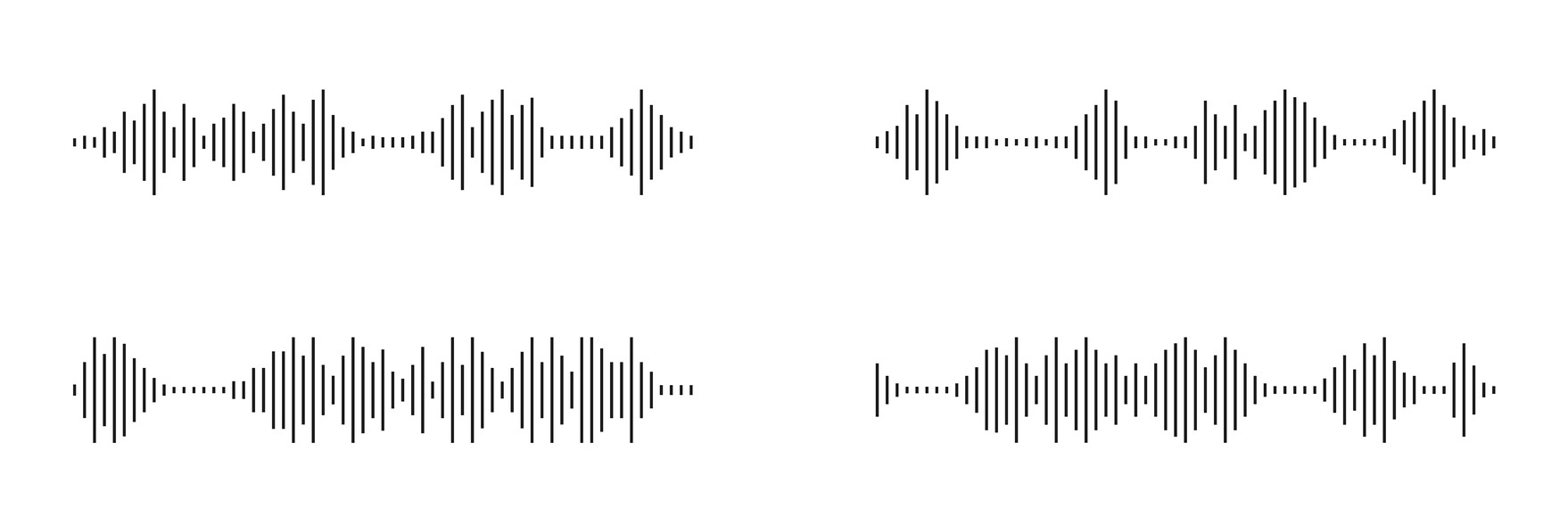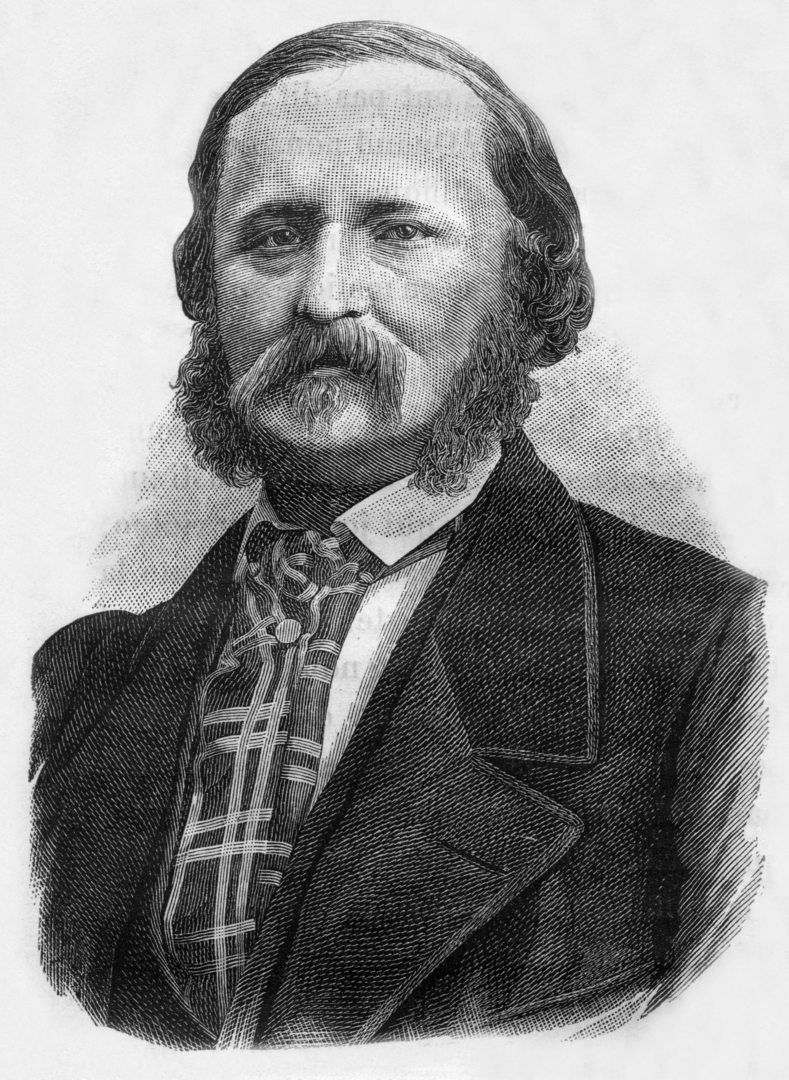In the mid-19th century, a groundbreaking invention quietly emerged in Paris, one that would lay the foundation for the modern world of sound recording: the Phonautograph. Created by Édouard-Léon Scott de Martinville, a French printer and bookseller, the Phonautograph was the first device ever designed to record sound. However, unlike the phonographs and gramophones that followed, Scott’s invention was not intended to play back the recorded sounds but to visually represent them.
This article explores the remarkable story of the Phonautograph and its creator, Édouard-Léon Scott de Martinville. We delve into how this ingenious device, which predates Thomas Edison’s phonograph by over two decades, managed to capture sound waves in a way that was ahead of its time.
What is the Phonautograph?
The Phonautograph, invented by Édouard-Léon Scott de Martinville in the 1850s, stands as an early and pivotal invention in the history of sound recording. While it didn’t produce playable audio like later inventions, its mechanism for capturing sound was groundbreaking for its time.
The Mechanics of the Phonautograph
The Phonautograph worked on a principle that is relatively simple yet ingenious. Its primary component was a horn-like funnel that collected sound waves. Attached to the small end of the horn was a flexible membrane, much like a drum skin, which vibrated in response to the sound waves. Fixed to this membrane was a small bristle or stylus made from a material like pig bristle or feather.
As sound entered the horn, it caused the membrane to vibrate, which in turn moved the bristle. Scott placed a rotating cylinder covered with a sheet of paper or glass, coated in a thin layer of soot from an oil lamp, under the bristle. As the cylinder turned, the vibrating bristle would trace the sound waves onto the soot-covered surface, creating a visual representation of the sound.
Capturing Sound Waves
What the Phonautograph essentially did was convert sound vibrations into visual tracings. The patterns inscribed onto the soot were waveforms of the sound, akin to what one might see on audio editing software today. These tracings, or phonautograms, were the first successful attempts to capture and preserve sound waves in a tangible form.
Limitations and Purpose
The Phonautograph was not designed for playback. Instead, its purpose was to study the characteristics of sound waves and assist in the scientific study of acoustics. Despite this limitation, the significance of Scott’s invention cannot be understated. It was the first machine to record sound waves mechanically, paving the way for future developments in audio recording technology.
The Influence of the Phonautograph in Modern Sound Recording
While the Phonautograph did not record sound in the way we understand today, its influence on the development of modern sound recording technology is undeniable. This early device set the stage for a future where sound could not only be captured but also stored and reproduced.
Bridging the Gap Between Science and Technology
The Phonautograph was a groundbreaking invention in the mid-19th century that provided a tangible method for capturing sound waves. By translating auditory vibrations into visual waveforms on a soot-coated paper or glass, Scott de Martinville’s invention bridged the gap between the science of acoustics and the practical ability to record sound.
Paving the Way for Playback Technology
While the Phonautograph itself did not have the capability to play back sound, it introduced the concept of sound recording, which later inventors built upon. The visual representation of sound created by the Phonautograph inspired the idea that sound waves could be translated into a form that could eventually be replayed. This was a critical step toward the development of playback technology, as seen in Thomas Edison’s phonograph and Alexander Graham Bell’s graphophone.
Inspiring Future Innovations
The Phonautograph’s method of capturing sound laid the foundation for the field of audio recording. Future inventors and scientists drew inspiration from Scott de Martinville’s work, seeing the potential to not only capture but also manipulate and reproduce sound waves. This led to a series of innovations that transformed the recording of music, voice, and other sounds into the dynamic industry it is today.
Recognizing Scott de Martinville’s Role
In recent years, there has been a renewed appreciation for Édouard-Léon Scott de Martinville’s contributions to sound recording. The Phonautograph’s role as a precursor to modern recording devices is now recognized as an important part of the history of sound technology.
Who Was Édouard-Léon Scott de Martinville?
Édouard-Léon Scott de Martinville, often overshadowed in the annals of sound recording history, was a visionary French inventor whose contributions laid the groundwork for the field. Born in Paris in 1817, Scott de Martinville’s journey to becoming the creator of the first sound recording device, the Phonautograph, was marked by curiosity and innovation.
Early Life and Influences
Scott de Martinville’s early life was shaped by his surroundings in Paris, a hub of scientific and cultural activity. He began his career as a printer and bookseller, but his interests soon veered towards the study of acoustics. His fascination with sound was largely inspired by the work of French scientist Léon Foucault on the speed of sound and the studies of the human voice.
The Path to Invention
Driven by a desire to capture and visualize sound waves, Scott de Martinville embarked on a series of experiments. His objective was not to reproduce sound but to create a means of recording it in visual form. This pursuit led him to invent the Phonautograph in the 1850s, a device that could graphically represent the vibrations of sound.
Contributions to Sound Recording
While Thomas Edison and Alexander Graham Bell are often credited with pioneering sound recording, Scott de Martinville’s contributions predate theirs. His Phonautograph was the first device to successfully record sound waves as visual tracings. Although it wasn’t capable of playback, it represented a significant breakthrough in understanding and documenting sound.
Legacy and Recognition
For many years, Scott de Martinville’s contributions remained unrecognized, overshadowed by later inventors who developed devices that could both record and reproduce sound. It wasn’t until the 21st century that his work received wider acknowledgment, thanks in part to the discovery and playback of a phonautogram he recorded in 1860, which is now considered the earliest known recording of the human voice.
Conclusion
Édouard-Léon Scott de Martinville’s Phonautograph was a remarkable invention for its time. It demonstrated a method of capturing and visualizing sound, a concept that would be crucial in the development of later technologies for recording and playing back sound. The Phonautograph stands as a testament to the innovative spirit and the early steps toward the modern era of sound technology.



